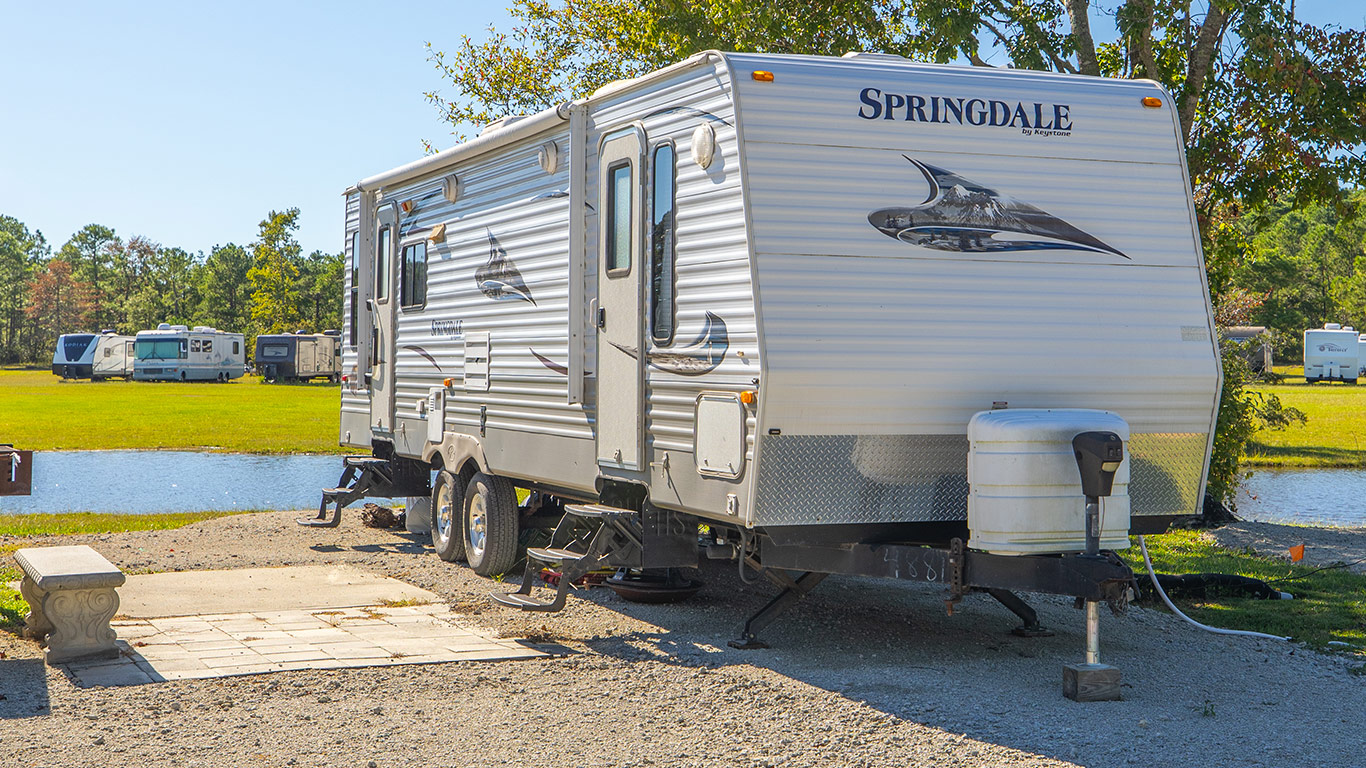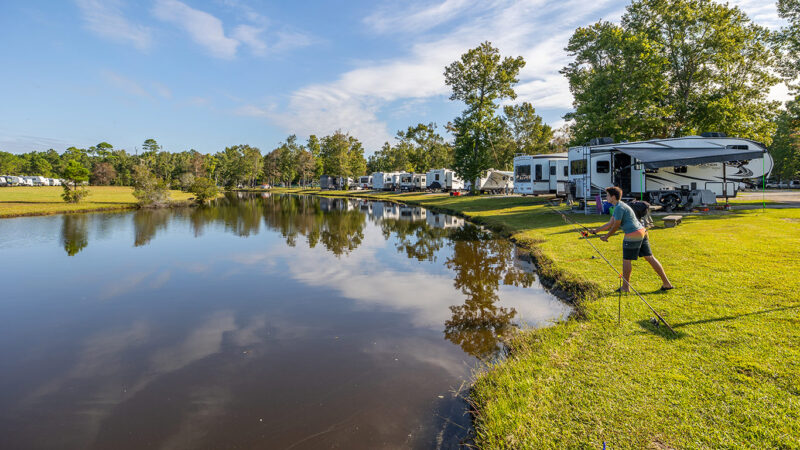
Everyone who owns an RV and uses it regularly enjoys camping trips. Yet sometimes it’s not always clear whether your RV is really right for you and your companions.
If you recognize these indicators, it might be time for an RV replacement.
1. Increased Maintenance Costs
If the maintenance costs exceed what your RV is worth, it could be time for an upgrade. If your dream RV is slowly becoming a nightmare with unexpected repairs, it’s time to look for a different one.
That’s why it’s important to keep up with preventative measures such as oil changes, tune-ups, and new tires. However, mechanical parts will break down over time. But things like generators, water heaters, and a general reduction in fuel efficiency are good indicators that the life of your RV is coming to an end. Replacing any of these comes with a high price ticket.
2. Lack of Space
If your RV lacks sufficient space for you and your family, it may be time to upgrade. For instance, if your children frequently complain that there’s not enough room to sleep or play, perhaps switching up floorplan options could help them adjust better.
Your RV provides all of the comforts of home while on the road, providing all of your amenities in one convenient space. No matter whether it is full-time RV living or occasional getaways, there is a floor plan available to meet all of your needs.
One issue that RVers frequently experience is inadequate storage solutions. Small closets cannot always fit all your clothing; as a result, you might end up leaving suitcases filled with clothes stacked outside the RV, potentially leading to them smelling.
One solution is to purchase RV closet organizers that stick on the wall and create more storage space without compromising living space. You could also try stackable storage drawers as another way of organizing clothing in your RV.
3. Outdated Features
RVs (travel trailers or motor homes) provide an enjoyable way to explore new places, but can sometimes feel cramped or outdated over time, leading to discomfort and safety risks.
Prior to purchasing an RV from a dealer, it’s crucial that an inspection be conducted. Dealers typically only perform superficial examinations and may try to cover up any major problems that might exist in order to sell their units quickly.
RV technology evolves quickly. If your RV feels outdated, such as from the 1980s or earlier, upgrading could be in order. To add modern touches, adding devices from Kathy Ireland or Thomasville brands may add something fresh.
4. Diminishing Trade-In Value
RV prices fluctuate throughout the year. Many people mistakenly assume that spring and summer are ideal times to buy an RV since people want to go camping at this time and dealers have more inventory for sale.
But this increased demand can also drive up RV prices; to get a great deal, it might be wiser to wait until fall or winter when RV prices tend to decrease.
Some dealerships may be more willing to negotiate a trade-in during the fall and winter season; if you have established a strong rapport with them, they might offer to cut you a special deal to keep you as their loyal customer.
Selling your RV privately may also be an option if your own your RV free and clear.
5. Safety Concerns
RVs lack airbags and have much larger blind spots than conventional cars, so investing in a safety system and taking training courses before setting out with your RV on the road are crucial steps.
Staying clean in an RV means protecting it from rodents, so consider installing a pest control system to stop them from chewing through wires and hoses.
Additionally, on weekends after bars close and drunk drivers become most prevalent on the roads at 2 am, you should try and avoid driving at that time of night. Furthermore, Wi-Fi and Bluetooth devices should be limited as their electromagnetic radiation disrupts sleep patterns and suppresses immunity – this problem is compounded when in an RV as metal contributes significantly to electropollution.

Recent Comments